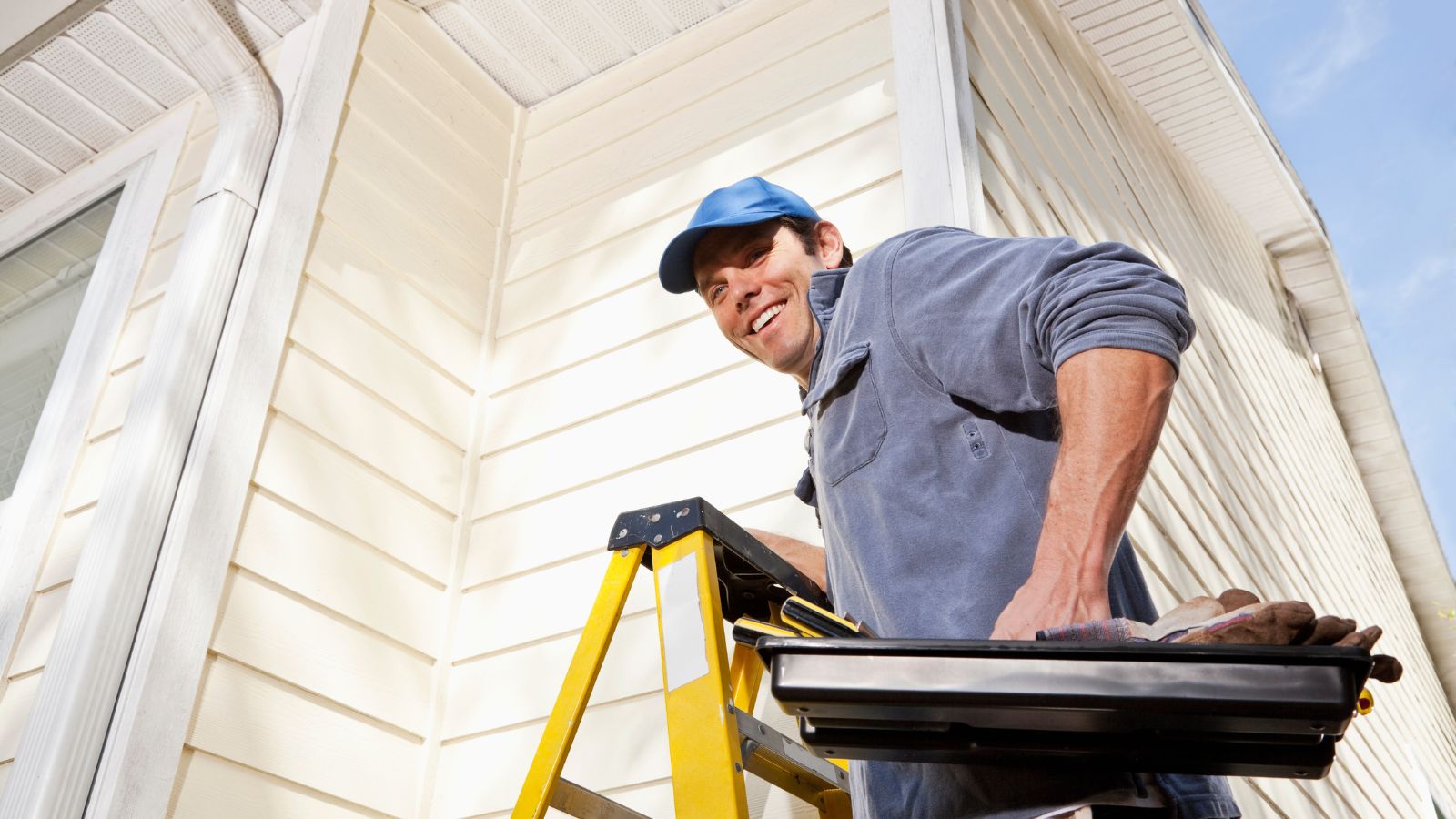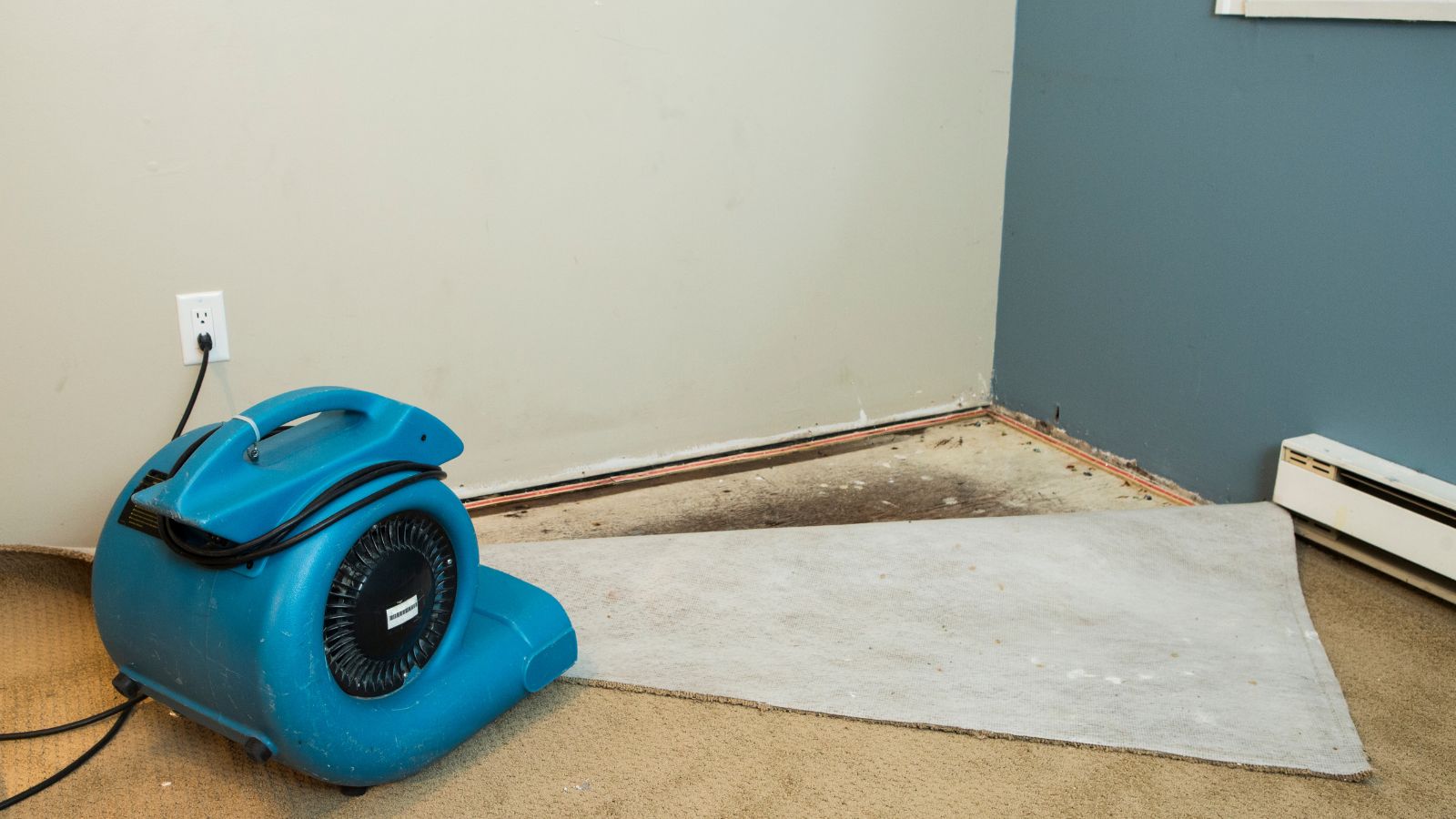There’s something uniquely frustrating about hearing a drip, drip, drip when all you wanted was a quiet night in. Home repairs don’t send invitations, they crash into your life like a storm through a leaky roof. Whether it’s a busted pipe, a blown furnace, or a roof that decides to collapse mid-rainstorm, these emergencies test more than your patience. They test your financial resilience.
The good news? You don’t need to drain your savings or your sanity to get through it.
Build Your Emergency Fund Like You Mean It
No, an emergency fund isn’t just a financial cliché. It’s your safety net when life gets expensive. The goal isn’t perfection; it’s preparation. Ideally, you want three to six months of living expenses tucked away, but let’s be real. Start with $500. Then aim for $1,000. Momentum matters more than the number.
Set up an automatic transfer, weekly or monthly, so you’re consistently building without thinking. It’s not about having cash sitting idle; it’s about being ready when your water heater gives out the night before your in-laws arrive. More importantly, it’s part of building the foundations of personal finance that keep you resilient, even when the unexpected shows up at your doorstep.
Know What Insurance Really Covers
You may think your home insurance has you covered. Maybe it does. Maybe it doesn’t. That’s the problem. Too many homeowners assume their policy includes protection against everything from mold to foundation cracks. It doesn’t.
Take an hour to comb through your policy. Understand your deductible, limits, and what’s considered “wear and tear” versus actual damage. Then check if you need add-ons, like flood or sewer backup insurance. Knowing the boundaries of your coverage keeps you from being blindsided by a denied claim just when you’re already overwhelmed.
Prioritize Repairs Like A Strategist
When your house throws multiple problems at you at once, the instinct is to fix everything fast. But smart homeowners don’t panic, they prioritize. Start with anything that affects your safety or the structural integrity of your home: electrical issues, leaks, foundation cracks, anything involving mold or fire risk. Those come first.
Cosmetic issues, annoyances, or long-term upgrades? Put them on a waitlist. Not everything needs to be done right now. Triage your spending and give your budget breathing room.
Learn The Power Of Preventive Maintenance
Many expensive home repairs don’t start with drama. They start with small neglects, gutters clogged for months, HVAC filters left unchanged, pipes that freeze because someone didn’t insulate them. Prevention isn’t sexy, but it’s cheaper than reaction.
Create a seasonal home maintenance checklist. Schedule reminders for things like roof inspections, gutter clean-outs, and sealing windows. An hour of maintenance now can save thousands in emergency repairs later. According to the U.S. Department of Energy, neglecting regular maintenance leads to a decline in performance and increased energy use, underscoring the importance of routine upkeep for your HVAC system’s efficiency and longevity
Don’t Ignore Financing, Just Be Strategic About It
Sometimes you won’t have the luxury of cash-on-hand, even if you’ve done everything “right.” That’s okay. What matters is how you borrow, not whether you borrow. Look into options like a home equity line of credit (HELOC), personal loan, or using a credit card with a low introductory APR, but only if you have a repayment plan.
Be cautious about payday loans or anything that seems fast and easy with hidden costs. If you need to explore flexible borrowing options, check out modern ways to borrow, tools like these can help bridge the gap responsibly, without digging you deeper into financial quicksand.
Get Multiple Quotes And Ask The Right Questions
When something breaks, urgency takes over. But rushing to hire the first contractor with availability can cost you more in the long run. Always get two or three quotes. Don’t just ask about cost, ask about timelines, warranties, and whether they’re insured.
Don’t be afraid to negotiate. You’re not being rude; you’re being smart. A reliable contractor won’t take offense, they’ll respect you more for asking the right questions. And if someone pressures you to pay upfront or avoids written agreements, walk away.
Lean On Community And Resources
You’re not alone, even when it feels like your house is falling apart. Look into government grants and local programs that support homeowners with urgent repairs, especially if your income is limited. Many municipalities offer energy efficiency upgrades, appliance rebates, or repair assistance for essential systems like plumbing and heating.
In the U.S., for instance, the Department of Housing and Urban Development (HUD) offers programs to assist homeowners with repair costs. These are real resources, not just fine print buried online.
Stay Calm. Stay In Control.
Home emergencies hit hard because they make you feel out of control. But every decision you make after the damage is done is a step toward taking that control back. From knowing what’s covered by your insurance to building up a buffer of emergency cash, these choices compound over time. They turn stress into strategy.
And the next time it rains, literally or metaphorically, you’ll be ready with more than just an umbrella. You’ll have a plan.




More Stories
Emergency Property Restoration and Damage Recovery Services in Greenfield, MA
Mr. Kraken — Your Trusted Partner for Home Repairs and Renovations
Powering Up My Home: How a Level 2 ASP Electrician Changed Everything